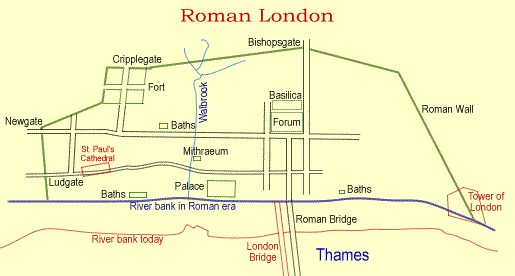 |
| Mudlarking Finds: Large Chunks from Roman Box Flue Tiles |
Friday, 26 October 2012
Roman Box Flue Tiles AD 43- 410
The last few posts have been dominated by the Georgians, so time to go back to the very old. Over the last year I've slowly built up a small collection of largish chunks of tile with rather attractive, simple indented patterns. It was time to work out what they were from.
Satisfyingly old, the Portable Antiquities Scheme database helped me identified their origin, Roman box flue tiles. Took me a little while longer to work out what this meant. They were used in Roman Baths and villas. Essentially a hollow box with two open ends, made of clay. They were placed one on top of the other in the walls and carried hot air from the under floor hypocaust system into the roof and then outside, heating the inside walls on the way.
Labels:
Mudlarking all of it,
Pottery,
Roman
Subscribe to:
Post Comments (Atom)





I've just found some of these in the Pitt-Rivers museum founding collection - very useful blog post, thank you!
ReplyDeleteOne of my pieces also has white mortar adhering to the tile confirming its use.
In case you want to have a look their accession numbers are (1884.140.1501 .1-3)
I find these too. some have random comb marks. people tell me this was to key plaster to them. So these were IN the wall proper.
ReplyDeleteSome are elaborate decorated and would be flush on the wall surface to show the decoration.
The Romans were a savvy bunch, I have a hunch that they new a regular flat surface heated less. So my theory is that some bold comb lines were added to put more heat into the room - use less fuel.
Interesting theory, thanks for sharing it, Julia
Delete